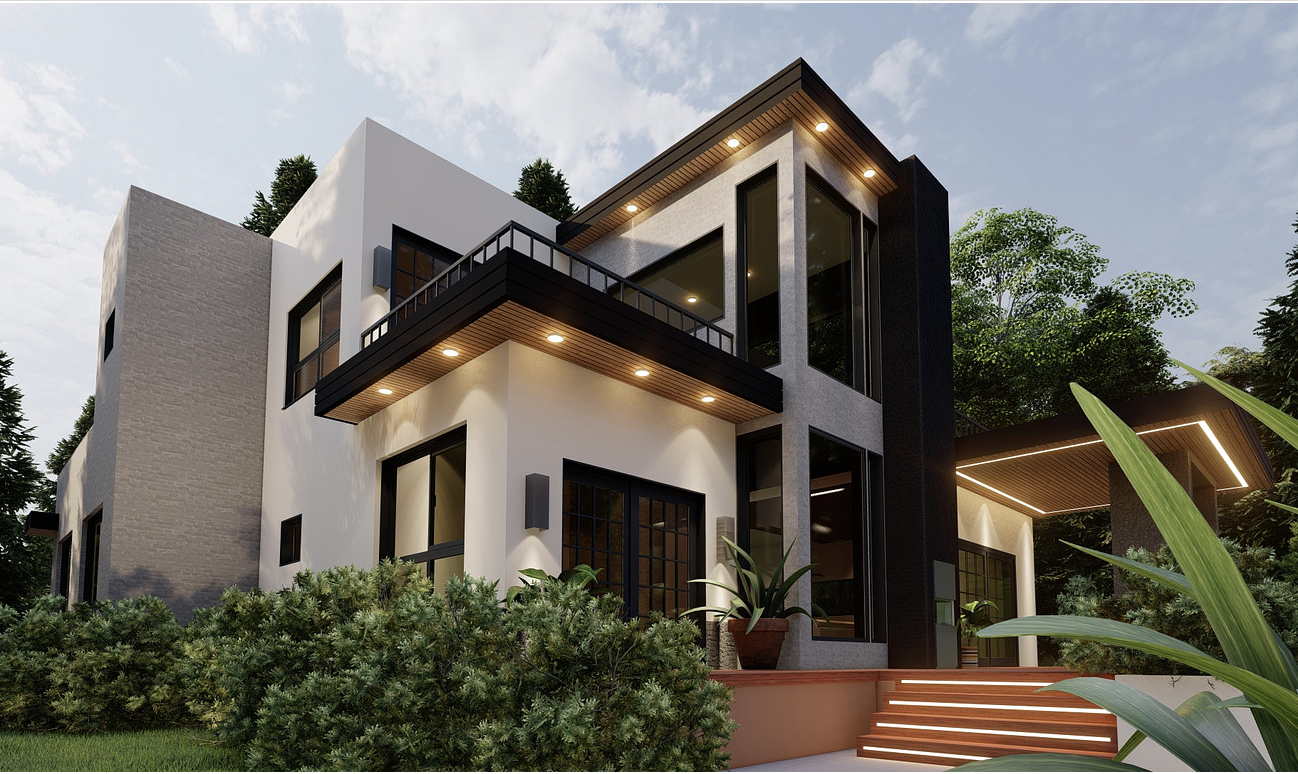Tesla has recently increased the prices of its Model Y SUV and Model 3 sedan in key markets, such as China and the United States, after a series of price reductions that negatively impacted the company's profit margins and resulted in a price war. The decision reverses the previous trend of decreasing prices in an effort to stimulate demand.
In China, Tesla's largest overseas market, the prices of the Model Y and Model 3 increased by 2,000 yuan ($289), now starting at 263,900 yuan ($38,179) and 231,900 yuan ($33,550) respectively. Despite the increase, these models remain cheaper than their prices at the beginning of the year, due to substantial earlier reductions.
In the United States, Tesla's Model Y now starts at $47,240, and the Model 3 at $40,240, after a $250 increase. Additionally, the prices of these models were raised by about $222 in Canada and $269 in Japan.
This is the second time within a short period that Tesla has adjusted its prices upwards. Late in the previous month, the company increased the prices of its higher-end vehicles, Model S and Model X, by $2,500 in the United States. However, these vehicles only represented a small fraction of its total sales, at 2.5% in the first quarter.
The recent price hikes aim to change customer expectations for more reductions, as well as test demand elasticity. Tesla might be trying to discourage customers from adopting a wait-and-see approach by adjusting prices.
Previously, Tesla had aggressively reduced prices to increase demand, as it faced growing competition from other electric vehicle (EV) makers. The company had lowered prices six times this year in the United States before the recent increases. In China, several rounds of price reductions were implemented between October and January, as Tesla lost market share to competitors such as Warren Buffett-backed BYD.
These price cuts boosted Tesla's sales but also negatively impacted its net income and profit margins. In the first quarter, the company's revenue increased by 24%, but its gross profit margin dropped to 19.3%, the lowest since the end of 2020. Its net income also fell 24% from the previous year.









